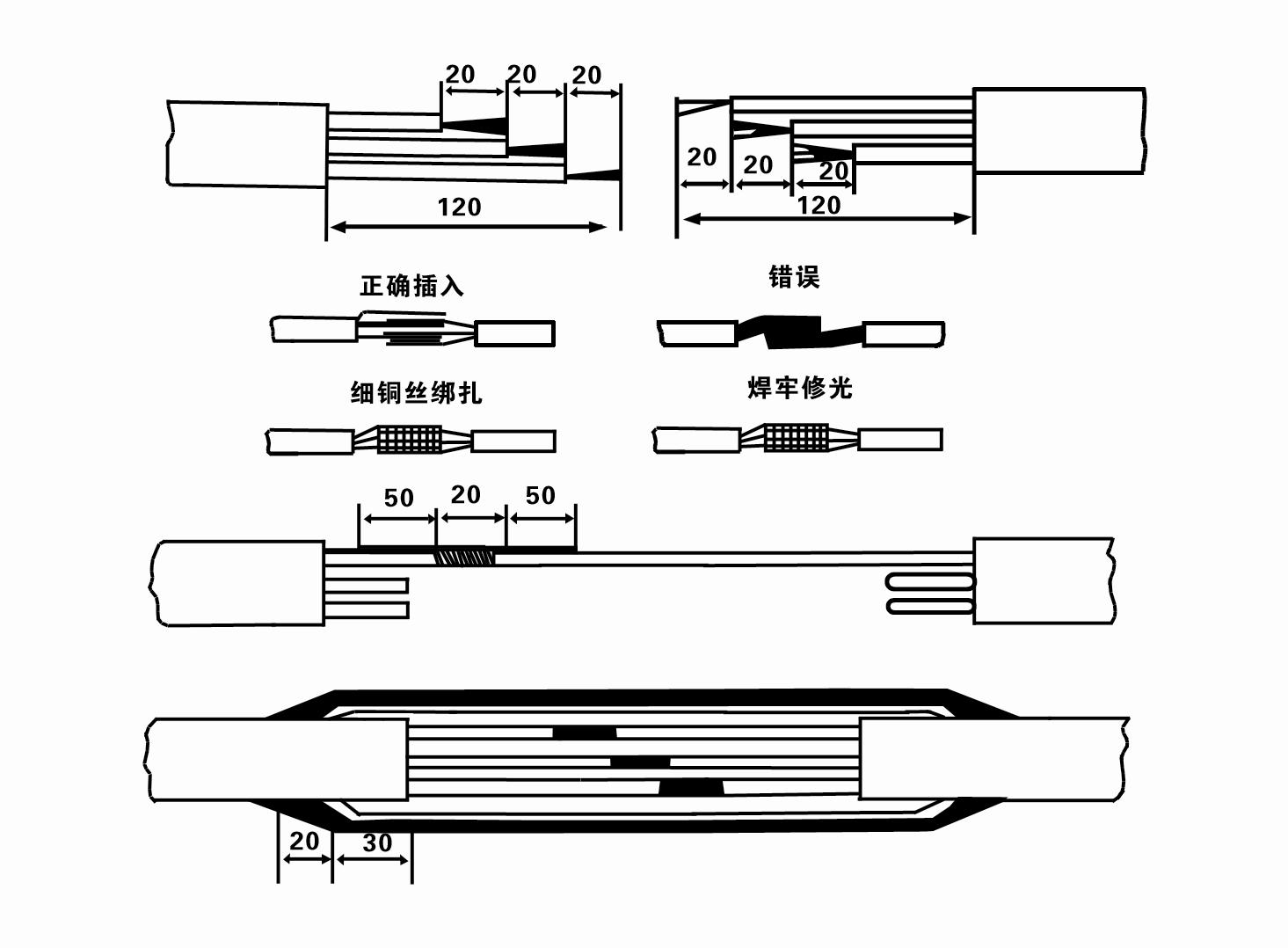ធ្នូ . 16, 2024 03:50 Back to list
Choosing the Right Submersible Water Pump for Your Needs and Applications
Understanding Submersible Water Pumps A Comprehensive Guide
Water pumps are essential tools in various industries and applications, often becoming the unsung heroes behind our everyday water needs. Among the numerous types of pumps available, submersible water pumps are particularly popular for their efficiency in moving water from one location to another. This article will explore the function, advantages, applications, and maintenance of submersible water pumps.
What is a Submersible Water Pump?
A submersible water pump is a device designed to be submerged in water. Unlike traditional pumps, which are installed above water levels, submersible pumps operate within the fluid they are intended to move. This specific design allows them to push water to the surface, rather than pulling it, making them incredibly effective for various applications.
How Do Submersible Pumps Work?
The primary function of a submersible pump is to remove water from a particular area. They consist of a hermetically sealed motor that is coupled with a pump body. The motor is powered by electricity and is designed to operate underwater. As water enters the pump, it passes through an impeller, which spins at high speed, creating a centrifugal force that pushes the water upward through the discharge line.
Advantages of Submersible Water Pumps
1. Efficiency Submersible pumps are highly efficient because they are designed to operate underwater. This allows them to generate higher pressure while consuming less energy, making them more economical in the long run.
2. Reduced Noise Because they are submerged, these pumps operate with minimal noise, making them ideal for residential applications, such as in basements and fountains.
3. Compact Design Submersible pumps are typically smaller and more compact than traditional pumps. This makes them easier to install in tight spaces.
4. Versatility They can be used for various applications, including draining flooded areas, irrigation, sewage handling, and dewatering construction sites.
5. Low Maintenance These pumps generally require less maintenance compared to above-ground pumps, as they are less exposed to the elements and potential contaminants.
Applications of Submersible Water Pumps
Submersible water pumps are utilized in a wide array of settings
water pump submersible

- Residential Use Homeowners often use submersible pumps for basement drainage, swimming pool drainage, and garden irrigation.
- Industrial Applications In industries, these pumps are crucial for dewatering construction sites, removing excess water from mines, and even as part of wastewater management systems.
- Agriculture Farmers utilize submersible pumps for irrigation systems, effectively managing water supply for crops.
- Sewage Treatment In municipal treatment facilities, submersible pumps are essential for moving wastewater through the treatment process, ensuring it is properly managed and treated.
Maintenance Tips for Submersible Water Pumps
While submersible pumps are generally low-maintenance, proper care and occasional inspections can extend their lifespan and efficiency. Here are some tips for maintaining your submersible water pump
1. Regular Inspections Periodically check for any signs of wear or damage. Look for leaks around the seals and ensure that the electrical connections are secure.
2. Cleaning Keep the pump free of debris and sediment build-up, which can cause blockages or impair its functionality.
3. Check the Power Supply Ensure that the power supply is stable and that the pump is receiving the correct voltage to avoid electrical issues.
4. Run Tests Conduct routine tests to make sure the pump operates correctly and efficiently. This can help identify potential problems before they become serious.
5. Professional Servicing Consider having a professional service the pump regularly to ensure that all components are functioning as expected.
Conclusion
Submersible water pumps are invaluable tools across various industries and applications due to their efficiency, versatility, and relatively low maintenance needs. Understanding their operation and taking proactive steps for maintenance can help ensure that these pumps continue to perform effectively for years to come. Whether for dewatering, irrigation, or sewage treatment, submersible pumps play a critical role in managing water resources, making them essential in modern society.
-
Submersible Water Pump: The Efficient 'Power Pioneer' of the Underwater World
NewsJul.01,2025
-
Submersible Pond Pump: The Hidden Guardian of Water Landscape Ecology
NewsJul.01,2025
-
Stainless Well Pump: A Reliable and Durable Pumping Main Force
NewsJul.01,2025
-
Stainless Steel Submersible Pump: An Efficient and Versatile Tool for Underwater Operations
NewsJul.01,2025
-
Deep Well Submersible Pump: An Efficient 'Sucker' of Groundwater Sources
NewsJul.01,2025
-
Deep Water Well Pump: An Efficient 'Sucker' of Groundwater Sources
NewsJul.01,2025
-
 Submersible Water Pump: The Efficient 'Power Pioneer' of the Underwater WorldIn the field of hydraulic equipment, the Submersible Water Pump has become the core equipment for underwater operations and water resource transportation due to its unique design and excellent performance.Detail
Submersible Water Pump: The Efficient 'Power Pioneer' of the Underwater WorldIn the field of hydraulic equipment, the Submersible Water Pump has become the core equipment for underwater operations and water resource transportation due to its unique design and excellent performance.Detail -
 Submersible Pond Pump: The Hidden Guardian of Water Landscape EcologyIn courtyard landscapes, ecological ponds, and even small-scale water conservancy projects, there is a silent yet indispensable equipment - the Submersible Pond Pump.Detail
Submersible Pond Pump: The Hidden Guardian of Water Landscape EcologyIn courtyard landscapes, ecological ponds, and even small-scale water conservancy projects, there is a silent yet indispensable equipment - the Submersible Pond Pump.Detail -
 Stainless Well Pump: A Reliable and Durable Pumping Main ForceIn the field of water resource transportation, Stainless Well Pump has become the core equipment for various pumping scenarios with its excellent performance and reliable quality.Detail
Stainless Well Pump: A Reliable and Durable Pumping Main ForceIn the field of water resource transportation, Stainless Well Pump has become the core equipment for various pumping scenarios with its excellent performance and reliable quality.Detail
